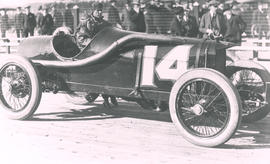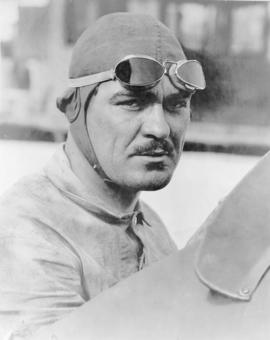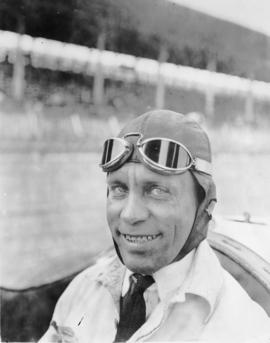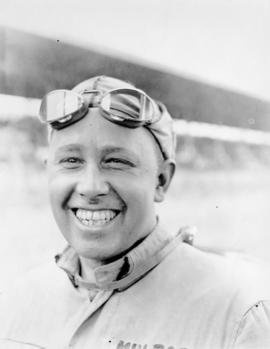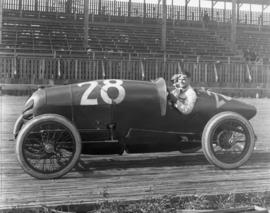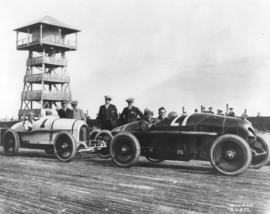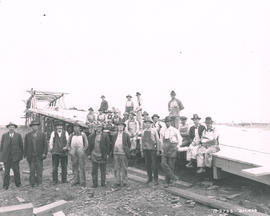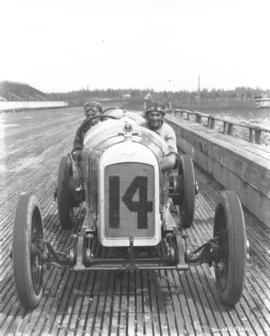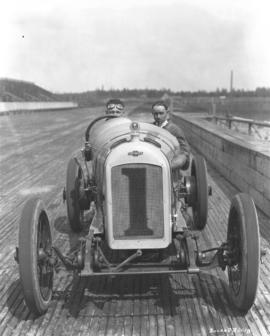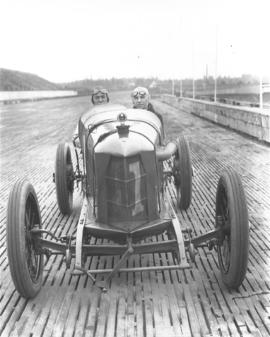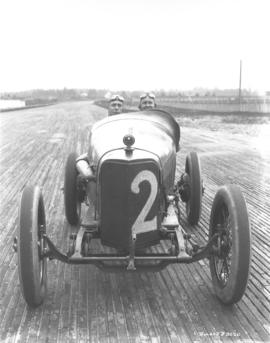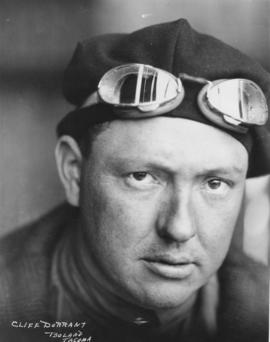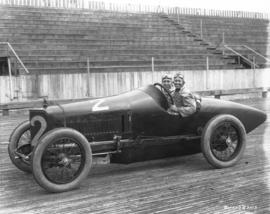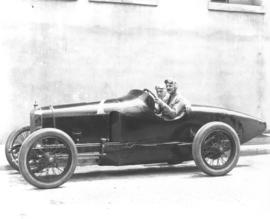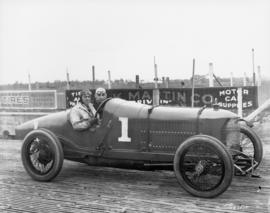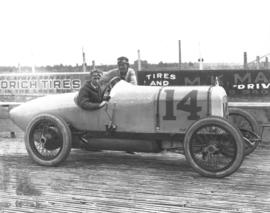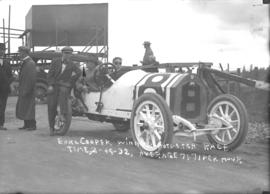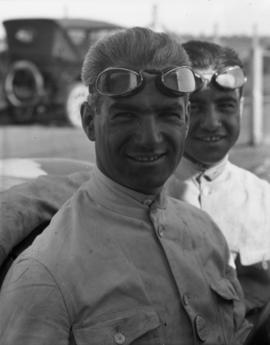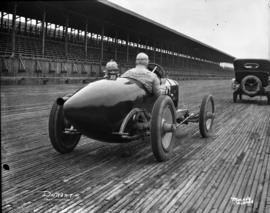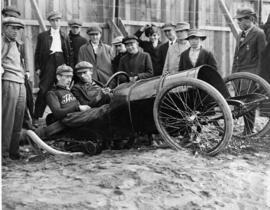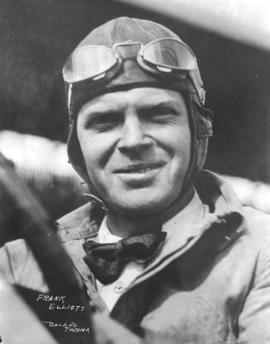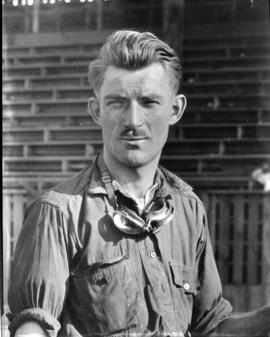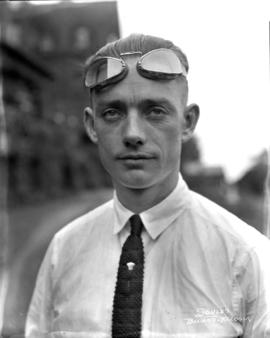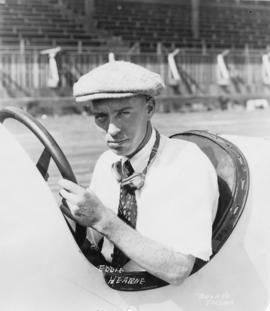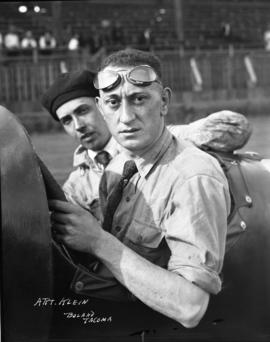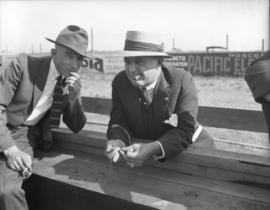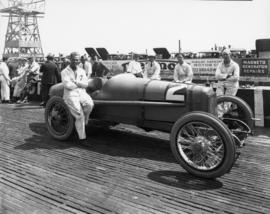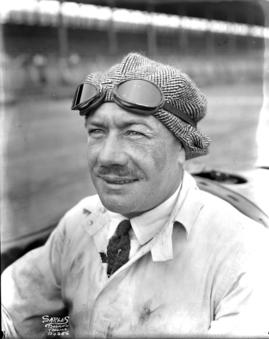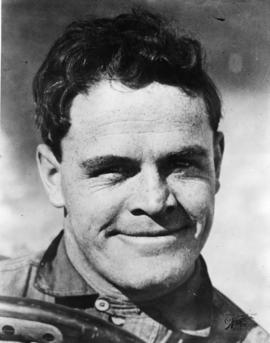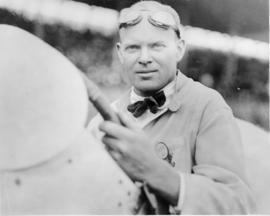- Item
Part of Marvin Boland Photographs
Undated photograph of Canadian-born but American-raised race car driver, Ira Vail. Mr. Vail raced at Indy multiple times but never won. He was a contemporary of famous racers Louis Chevrolet, Ralph Mulford, Barney Oldfield and Ralph DePalma and competed against them in many events. He was most successful on dirt tracks. Mr. Vail drove Hudsons until the company got out of the racing industry in 1917 and used the Leach in at least one Indy. He was mentioned as a potential driver for the 1921 Tacoma Speedway race but Frank Elliott had already been named as the driver of the Leach Special that Mr. Vail would have driven. Later Mr. Vail became a promoter in the New York/New Jersey area where he was held in high regard. Mr. Vail died in 1979, having outlived many of his racing pals. (info from National Sprint Car Hall of Fame & Museum; TNT 6-30-21, p. 1-article on Tacoma race) (Copy of Hughes photograph by Boland Studios)
Vail, Ira; Automobile racing--1910-1920; Racing automobiles;
